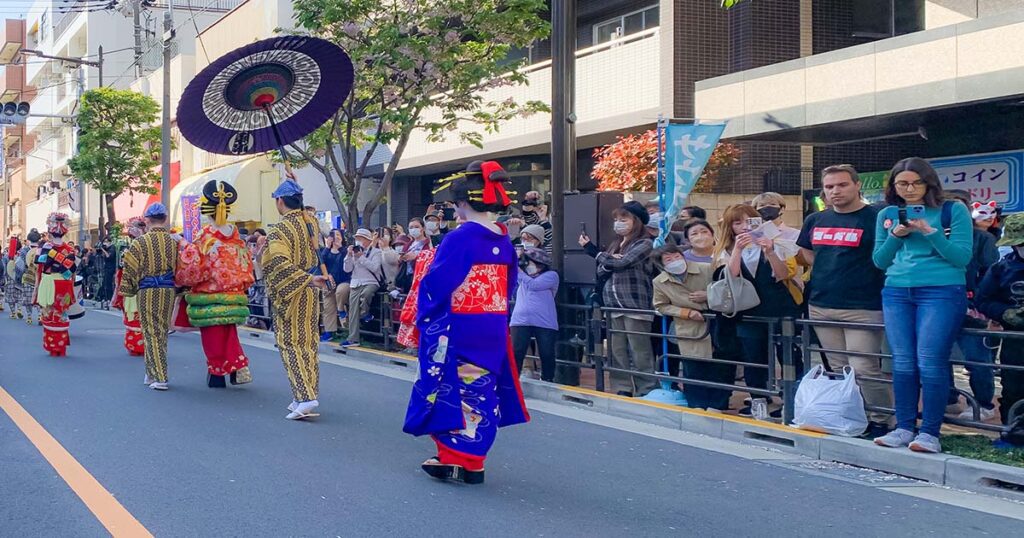Tokyo, a bustling metropolis that blends the ultra-modern with the traditional, offers a unique travel experience. From ancient temples to futuristic skyscrapers, there’s an endless variety of sights to explore. In the article, I delve into the 10 best things to see in Tokyo, each representing a facet of this dynamic city’s character.
Table of Contents
1. Sensō-ji Temple: A Glimpse into Old Tokyo:
Nestled in the historic district of Asakusa, Sensō-ji Temple is Tokyo’s oldest and one of its most significant Buddhist temples. With its giant lantern, the vibrant red Kaminarimon Gate invites visitors into a world that echoes the Edo period. Wander through Nakamise Street, a bustling market leading to the temple, where traditional snacks and souvenirs await.
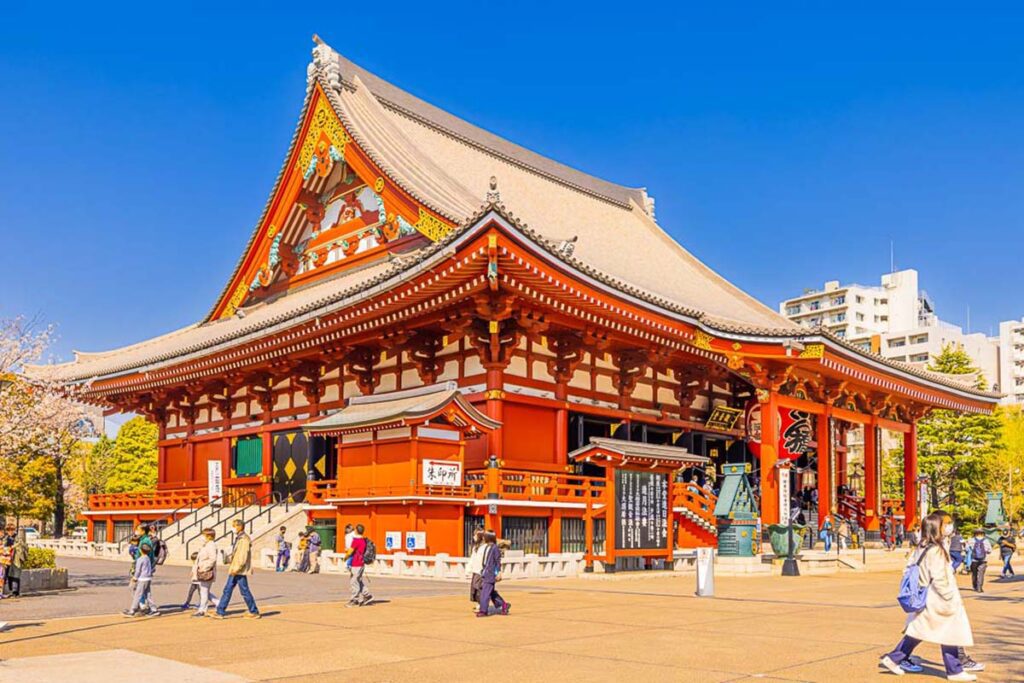
Beyond the market lies the temple itself, a striking example of ancient Japanese architecture. The temple grounds are a serene escape from the city’s hustle, featuring the majestic main hall and a five-story pagoda. This area becomes particularly enchanting during the Sanja Matsuri festival in May, one of Tokyo’s largest and most vibrant festivals.
2. Shibuya Crossing: The Pulse of Modern Tokyo:
Shibuya Crossing, famously known as ‘The Scramble,’ is where technology, fashion, and culture converge in a mesmerizing display of neon lights and digital billboards. This intersection exemplifies Tokyo’s modernity, with hundreds of people crossing from all directions, creating a human spectacle.
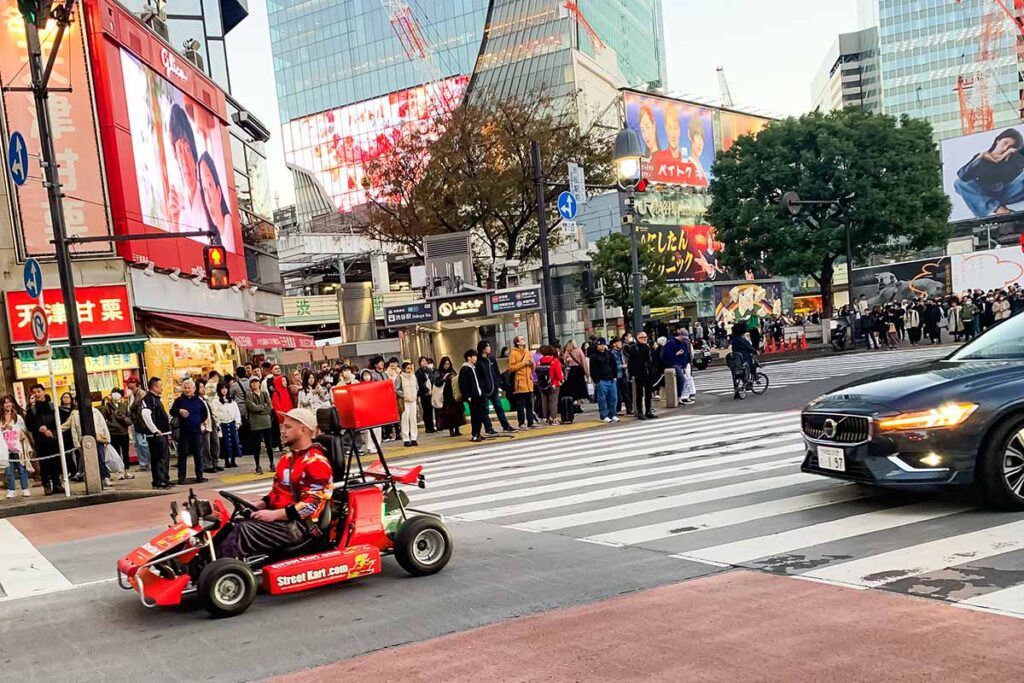
Adjacent to the crossing, you’ll find the Hachiko Statue, a tribute to Japan’s most loyal dog. The surrounding area is a shopper’s paradise, boasting flagship stores of global brands, trendy boutiques, and the iconic Shibuya 109 building. The area transforms into a lively hub at night with numerous bars, clubs, and restaurants, offering a taste of Tokyo’s vibrant nightlife.
3. Tokyo Tower: A Panoramic View of the City:
Tokyo Tower is a 333-meter-tall communication and observation tower inspired by Paris’s Eiffel Tower. Painted in white and international orange, it symbolizes Japan’s post-war rebirth as a major economic power. The main observation deck provides a panoramic view of the city, perfect for photography enthusiasts.
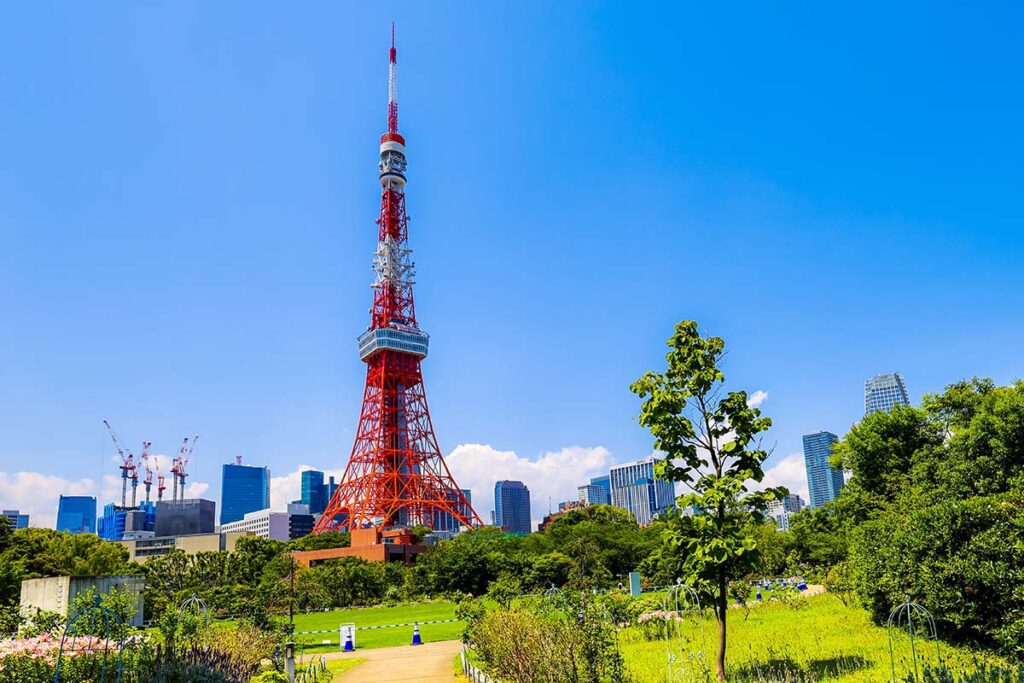
Beneath the tower is FootTown, a four-story building with restaurants, museums, and shops. The One Piece Tower, an indoor theme park dedicated to the popular anime, is a must-visit for fans. The tower’s vicinity also features Zojoji Temple, offering a blend of traditional Japanese architecture against the modern backdrop of Tokyo Tower.
4. Meiji Shrine: A Sanctuary in the Heart of the City:
Dedicated to Emperor Meiji and Empress Shoken, the Meiji Shrine is a Shinto shrine known for its tranquil atmosphere. The shrine is enveloped by a dense forest, creating a peaceful sanctuary amidst the city’s chaos. The towering torii gates mark the entrance to this spiritual haven, where tradition and nature intertwine.
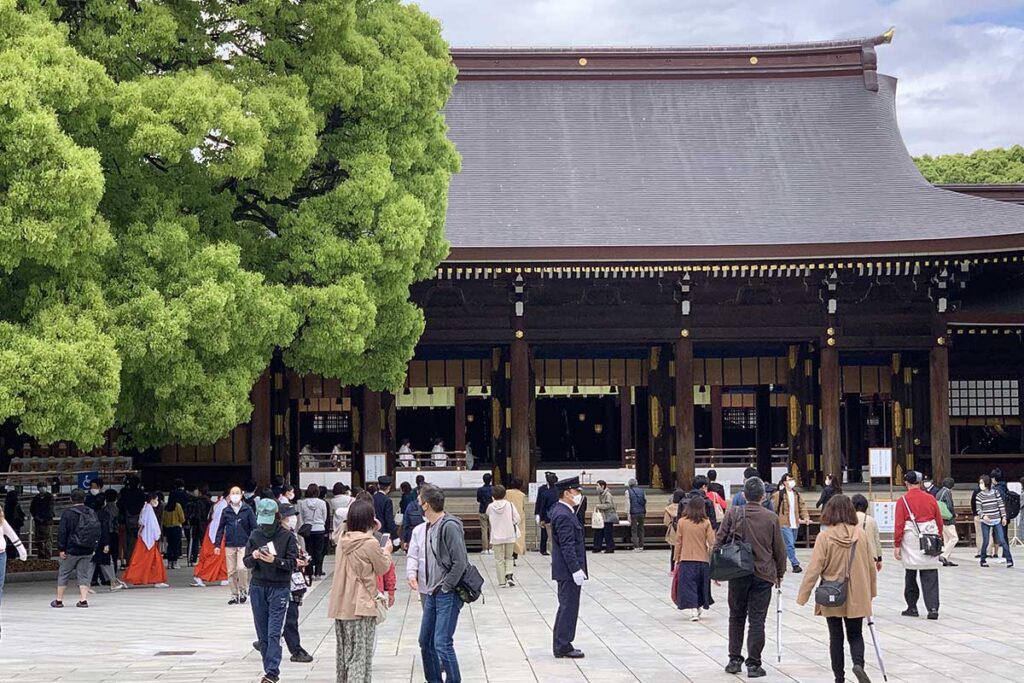
The shrine’s traditional architecture, large display of sake barrels, and serene garden with a koi pond make it a picturesque spot for visitors. The inner garden, especially beautiful during the iris blooming season in June, offers a quiet retreat. The shrine is also a popular venue for traditional Shinto weddings, offering a glimpse into Japanese culture.
5. Akihabara: The Electric Town:
Akihabara, affectionately known as ‘Akiba,’ is the epicenter of Japan’s otaku culture, famed for its electronic shops, anime merchandise, and manga stores. This district buzzes with neon signs and giant screens displaying the latest tech and pop culture. It’s a paradise for gadget enthusiasts and anime fans alike.
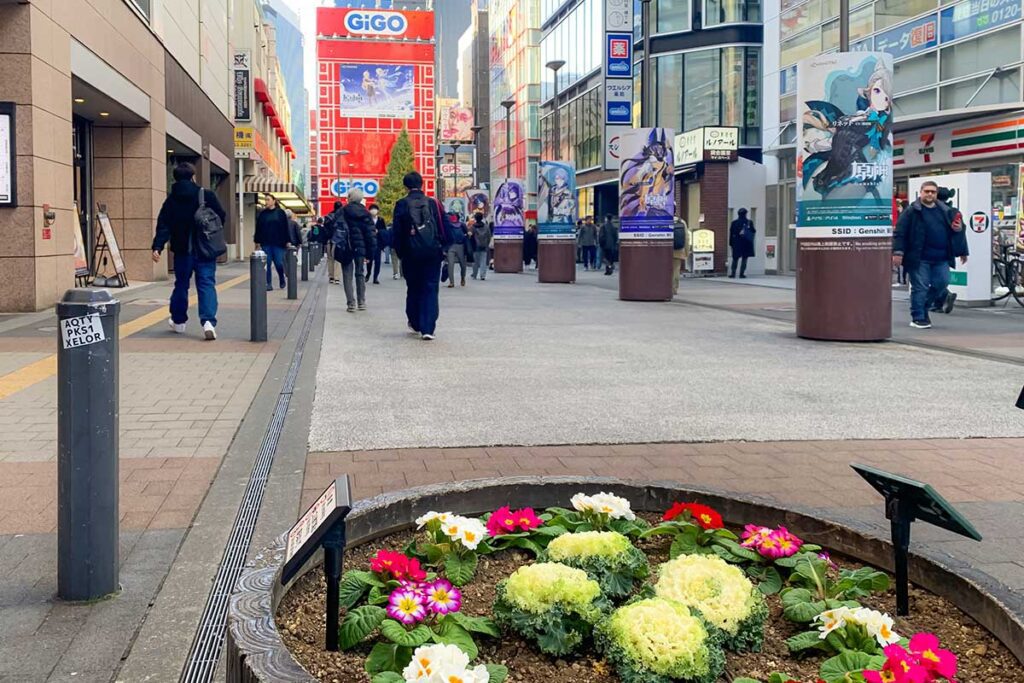
Apart from electronics, Akihabara is known for its unique subculture experiences like maid cafes, where servers dress in maid costumes, providing a quirky and memorable dining experience. The district also houses numerous arcades and shops specializing in retro video games, making it a nostalgic journey for gamers.
6. Tsukiji Outer Market: A Culinary Adventure:
Though the inner wholesale market has moved to Toyosu, Tsukiji’s Outer Market remains a vibrant hub for fresh seafood and Japanese cuisine. This market offers an authentic taste of Tokyo’s culinary delights, with countless food stalls, sushi bars, and restaurants.
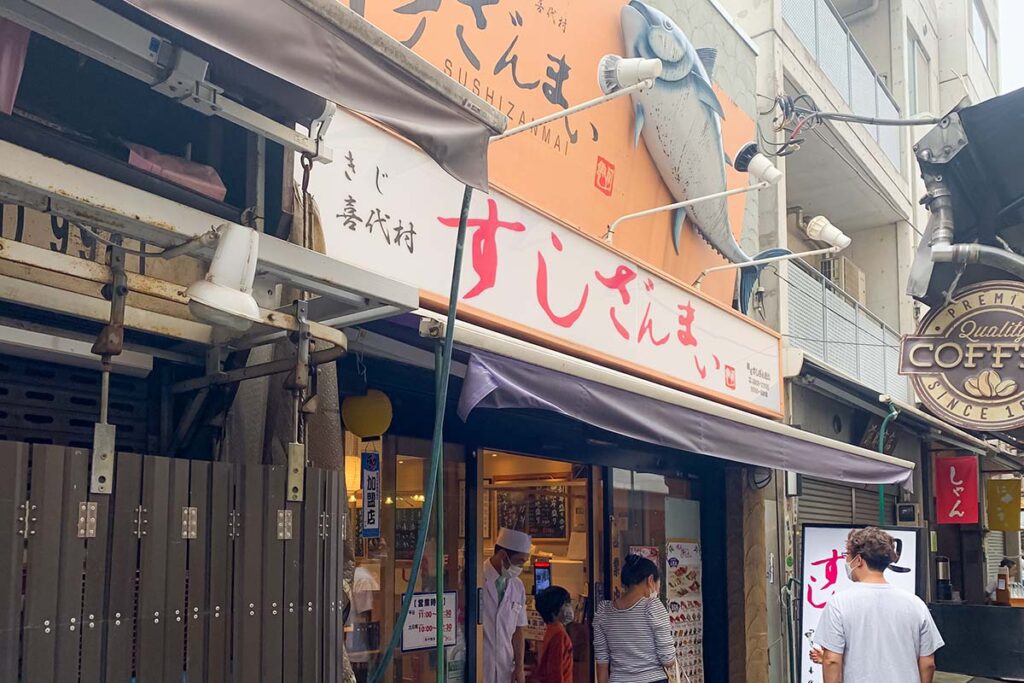
Walking through the bustling lanes, visitors can sample fresh sushi, grilled seafood, and other Japanese delicacies. The market is also a great place to buy kitchenware, especially the famous Japanese knives and unique souvenirs like handmade ceramics and artisanal food items.
7. Ueno Park & Zoo: A Blend of Nature and Culture:
Ueno Park is a spacious public park with a zoo, museums, shrines, temples, monuments, and ponds. The Ueno Zoo, Japan’s oldest zoo, is home to a variety of species, including the beloved giant pandas. The park transforms into a stunning sight during the cherry blossom season, with over 1,000 cherry trees blooming in spring.
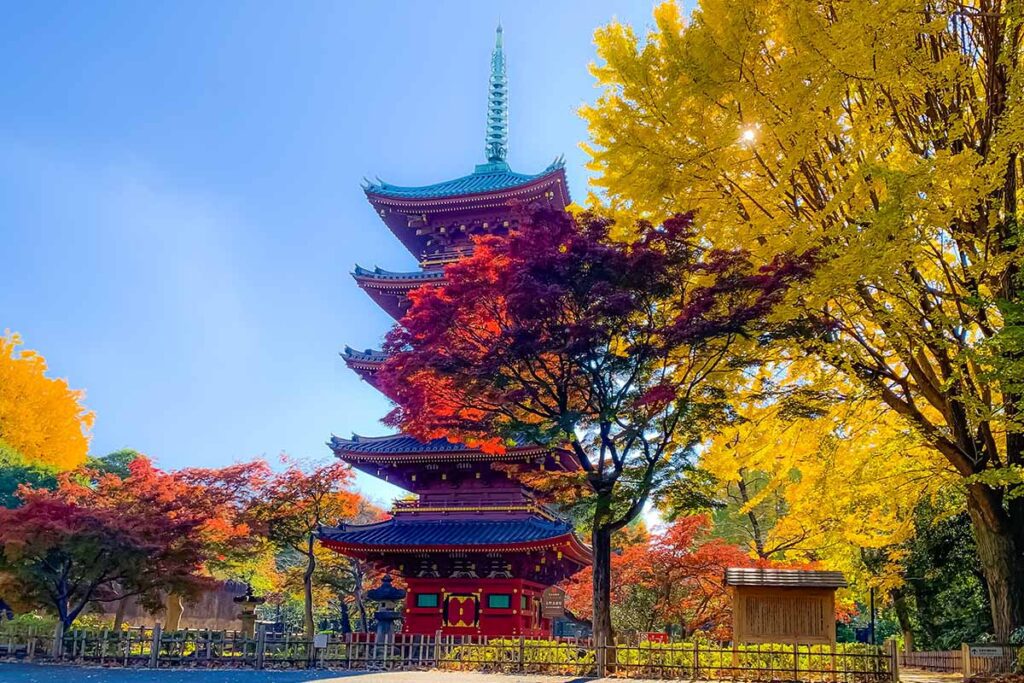
The park’s cultural offerings include the Tokyo National Museum, the National Museum of Western Art, and the Ueno Royal Museum. These institutions showcase a range of art, from traditional Japanese works to Western masterpieces, making Ueno Park a cultural hub.
8. Odaiba: A Futuristic Waterfront:
Odaiba is a unique, popular entertainment and shopping area on a man-made island in Tokyo Bay. Known for its futuristic architecture, it offers a unique blend of leisure and sightseeing. Key attractions include the Rainbow Bridge, DiverCity, and the replica of the Statue of Liberty.
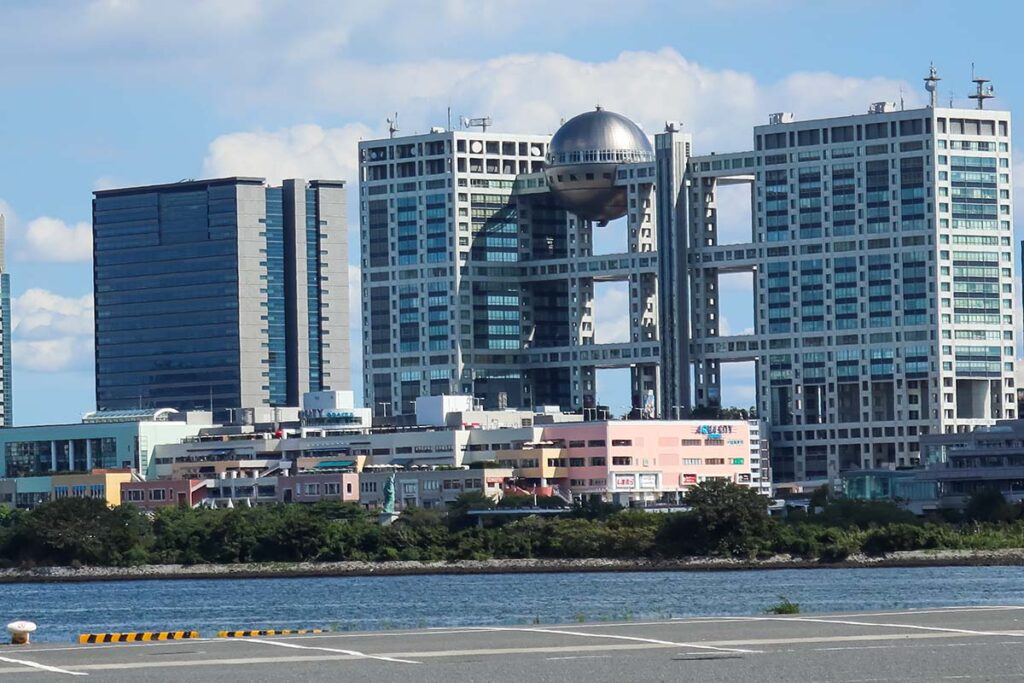
This area is also home to several shopping centers, the Fuji TV Observation Deck, and Oedo-Onsen Monogatari, a hot spring theme park. The beaches in Odaiba offer a scenic view of Tokyo’s skyline and are famous for leisure activities and occasional fireworks displays.
9. The Imperial Palace: A Royal Residence:
The Imperial Palace, the Emperor of Japan’s residence, has a sprawling complex with gardens, moats, and historic structures. While the inner grounds are not open to the public except on January 2 and the Emperor’s birthday, the East Gardens offer a glimpse into the palace’s beauty.
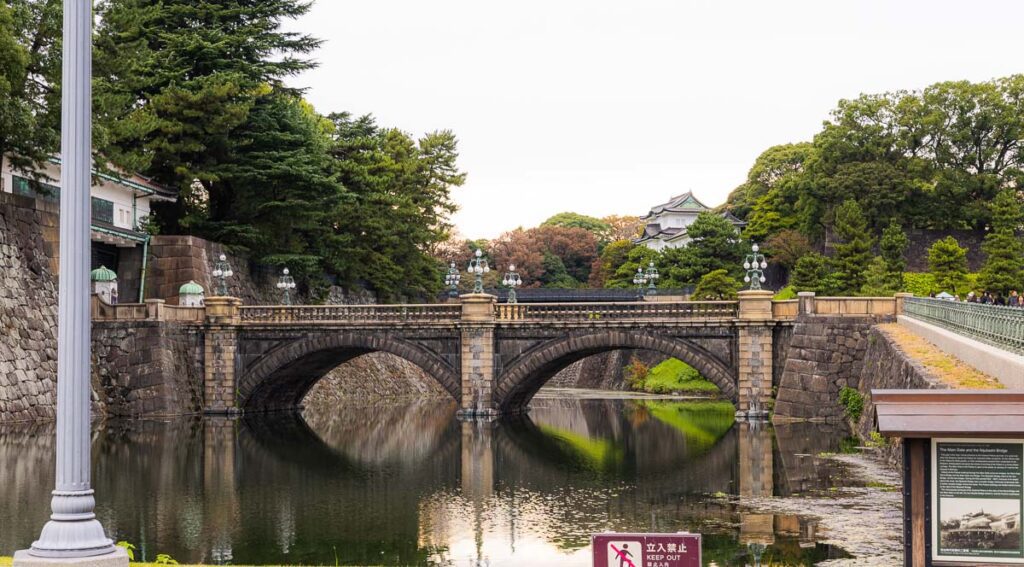
The gardens feature well-maintained lawns, moats, and massive stone walls. They are lovely during the cherry blossom season. The nearby Imperial Palace East Garden is a serene spot with traditional Japanese garden elements, offering a peaceful escape from urban life.
10. Ginza: Tokyo’s Upscale Shopping District:
Ginza is Tokyo’s most famous upscale shopping, dining, and entertainment area, featuring numerous department stores, boutiques, art galleries, restaurants, nightclubs, and cafes. Its streets showcase modern architecture and luxury brands, making it a must-visit for fashion enthusiasts.
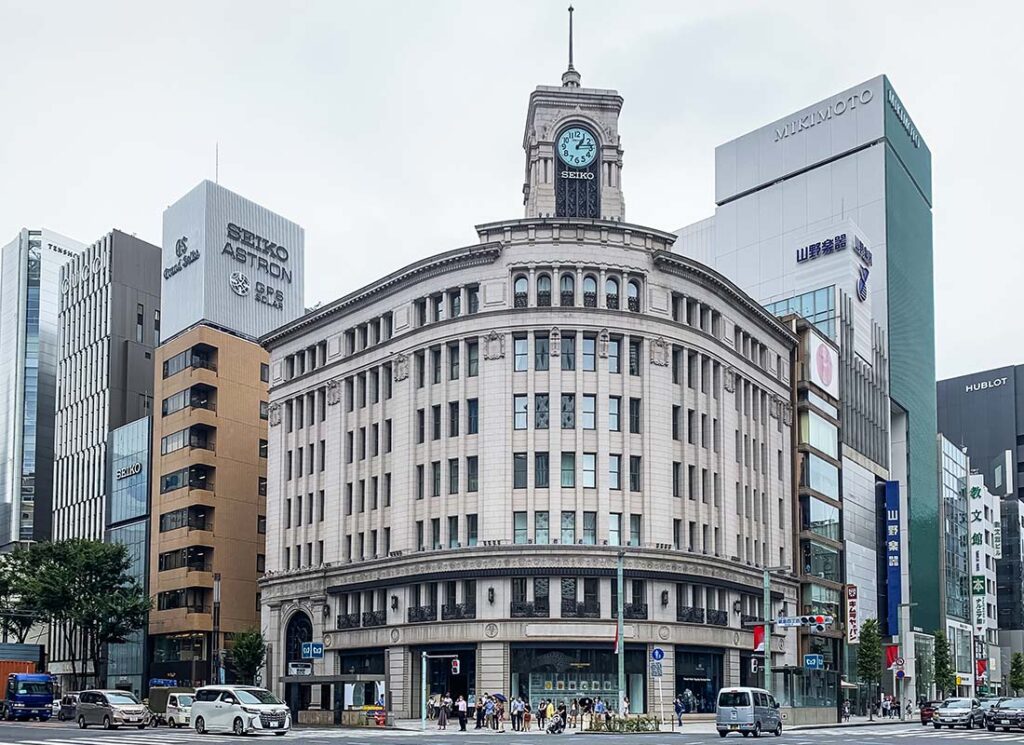
On weekends, the main street of Ginza is closed to traffic, becoming a large pedestrian zone. Ginza’s sophisticated charm extends to its art scene, with several theaters, including the Kabukiza Theatre, offering traditional Kabuki performances. The district’s high-end sushi restaurants and exclusive bars offer a taste of Tokyo’s refined culinary scene.
Tokyo is a city of contrasts, where tradition and innovation coexist in harmony. Each of these ten sights offers a unique window into the heart of this captivating city, making Tokyo a must-visit destination for any traveler. Whether you’re exploring ancient temples or marveling at modern marvels, Tokyo promises an unforgettable experience.
Book Tickets In Advance:
